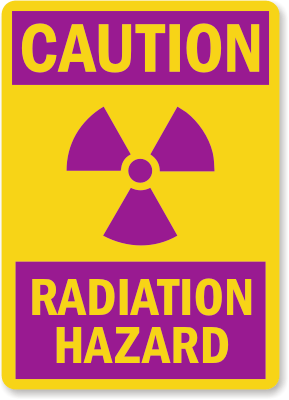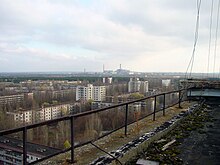Remember when your mom used to say, “Clean your plate. There are children in the world who are starving.”? Well now it is save the world kind of stuff. Wasting food wastes huge amounts of energy. This brief article below sums it up nicely. Please click on the authors name to see more of this authors work.
http://boingboing.net/2010/08/03/theres-more-energy-i.html
There’s more energy in wasted food than there is in the Gulf of Mexico
Maggie Koerth-Baker at 8:42 PM Tuesday, Aug 3, 2010
Recently, while doing some research on the carbon footprint of food, I ran across some studies that reported Americans ate, on average, 3774 calories of food each day.
Something about that smelled funny to me.
Sure, Americans eat a lot. But 3774 calories a day? I have family members who subsist almost solely off fried meat and various sorts of potatoes and I’m not convinced that even they hit that number on a regular basis. When I took my questions to the researchers, I found out that my hunch was correct. Americans aren’t, technically, eating an average of 3774 calories per day. This figure is calculated by looking at food produced, divided by the number of Americans. It assumes we’re eating all that, but, in reality, according to environmental scientist Gidon Eshel we really only eat about 2800 calories per day. That whopping 3774 includes both what we eat—and what we waste.
And what we waste—not just at home, but from the farm field, to the grocery store, to our Tupperware containers full of moldy leftovers—is a big deal.
We use a lot of energy producing, transporting, processing, storing and cooking food we don’t eat. About 2150 trillion kilojoules worth a year, according to a recent study. That’s more kilojoules than the United States could produce in biofuels. And it’s more than we already produce in all the oil and gas extracted annually from the Gulf of Mexico.
Reducing that waste requires both changes in the way we eat at home, and systematic changes that address waste at every part of the food cycle. Right now, I’ve talked to a lot of researchers who can identify the problem, but don’t have a lot of suggestions for concrete solutions. I’m sure they’re out there, though, and I’ll report back as I track them down.
:}
More tomorrow.
:}













 By Richard Black Environment correspondent, BBC News
By Richard Black Environment correspondent, BBC News